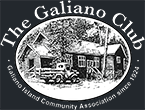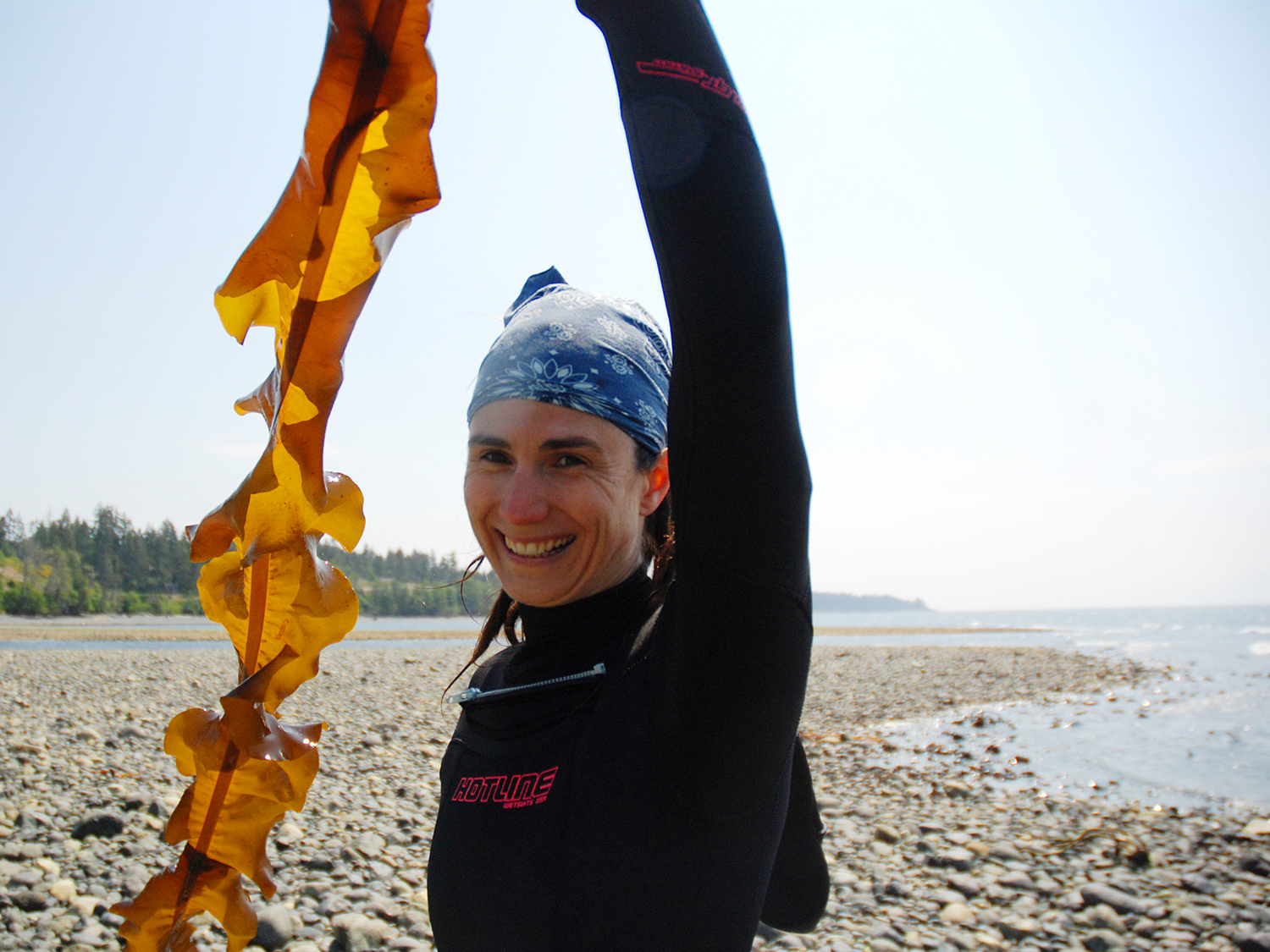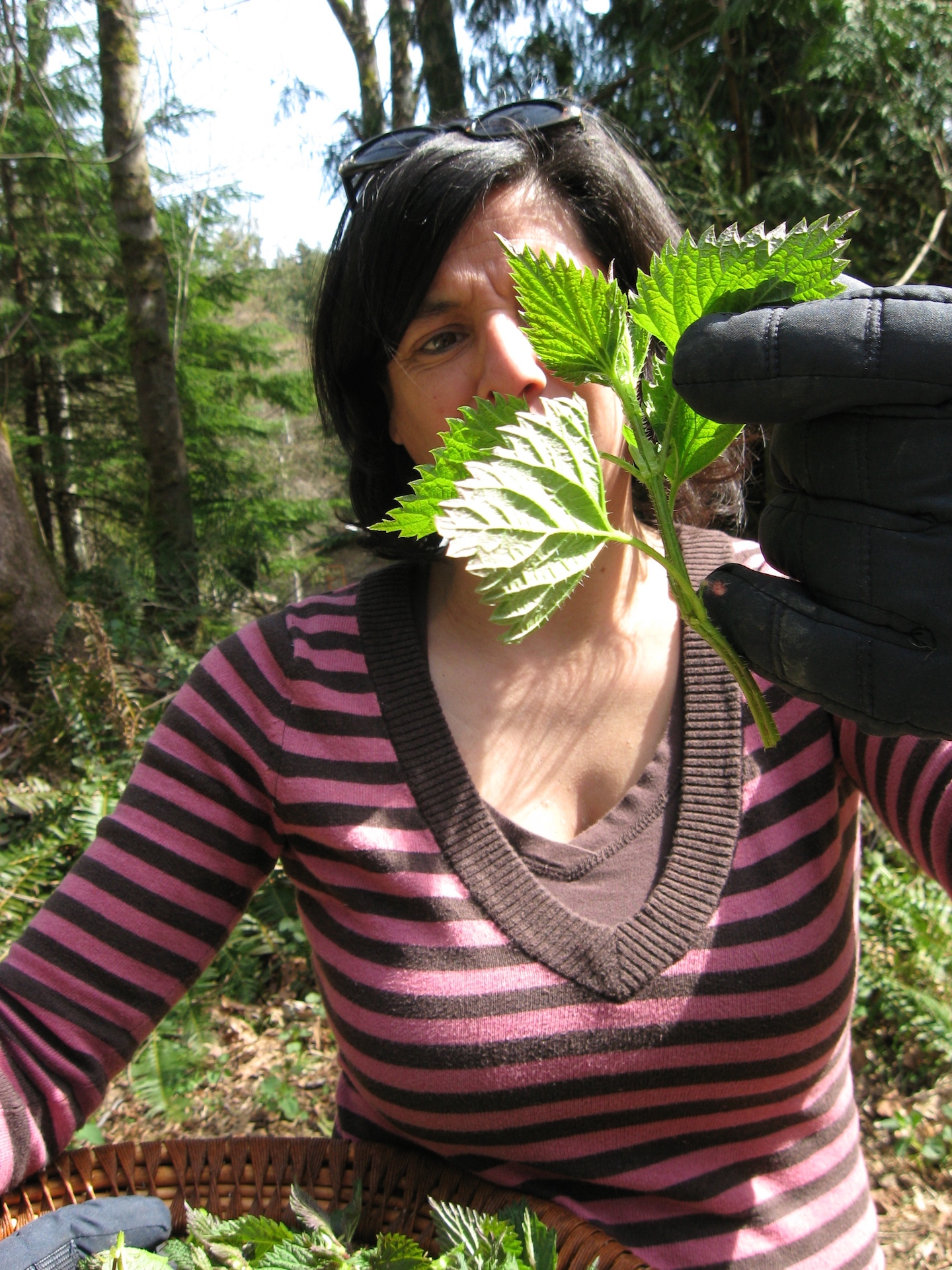Summer is seaweed season in the Pacific Northwest. On Galiano, we are literally surrounded by seaweed. It’s a wild, sustainable, delicious local food source that is both nutritious and delicious. These days it’s enjoying a reputation as a ‘superfood’, but coastal cultures included seaweeds in their traditional diets long before it was trendy.
If you’re interested in harvesting our local seaweeds, you might be wondering how to learn what kind of seaweeds you’re likely to find on our coast, where and when to collect to make sure that your harvesting impact is sustainable, how to preserve it and how to prepare it to eat. While a license is required to harvest seaweed for commercial use, individuals can hand harvest at low tide without a license (though not at Montague as it is against the terms of the park’s foreshore lease).
The Food Program is excited to host a workshop this month that will get you started. Amanda Swinimer operates Dakini Tidal Wilds in Sooke, BC, which sells hand-harvested seaweeds for food and medicinal uses. She holds a BSc in Marine Biology from Dalhousie. Amanda teaches people about seaweeds in schools, colleges and universities, and leads workshops in communities. Amanda is passionate about sustainable harvesting. Her seaweeds are ‘pruned’, leaving the rest of the seaweed to continue growing, and only when seasonally appropriate.
Join us on Sunday, June 10, at 9:00am for a hands-on session at a local beach at low tide, followed by further instruction at the South Hall. Amanda will cover species identification, sustainable harvesting, and incorporating seaweed into your diet.
And finally, in keeping with the theme of gut bacteria, did you know that researchers have found that many Japanese people have a gut microbe that “has acquired a gene from a marine bacterium that allows the Japanese to digest seaweed, something the rest of us can’t do as well” (Michael Pollan, New York Times, 2013)





When is the workshop on Galiano? May 4th or June 10th? And how do I register for it?
Seaweed class is on May 4th this year. Contact galianofoodprograms@gmail.com to register.